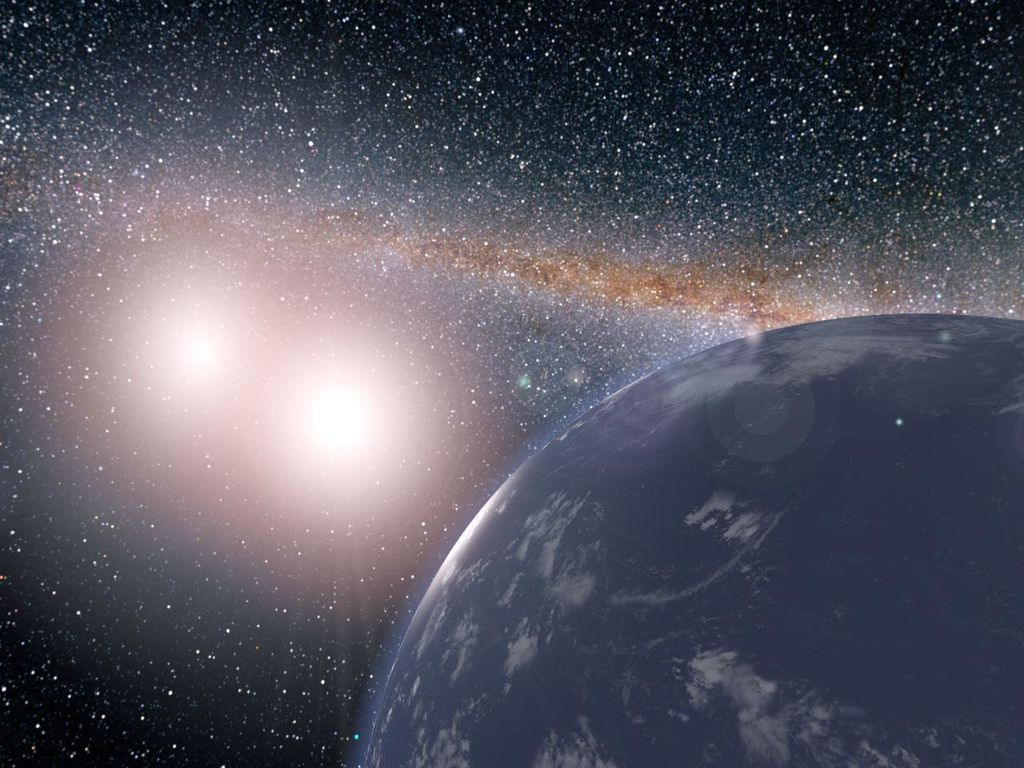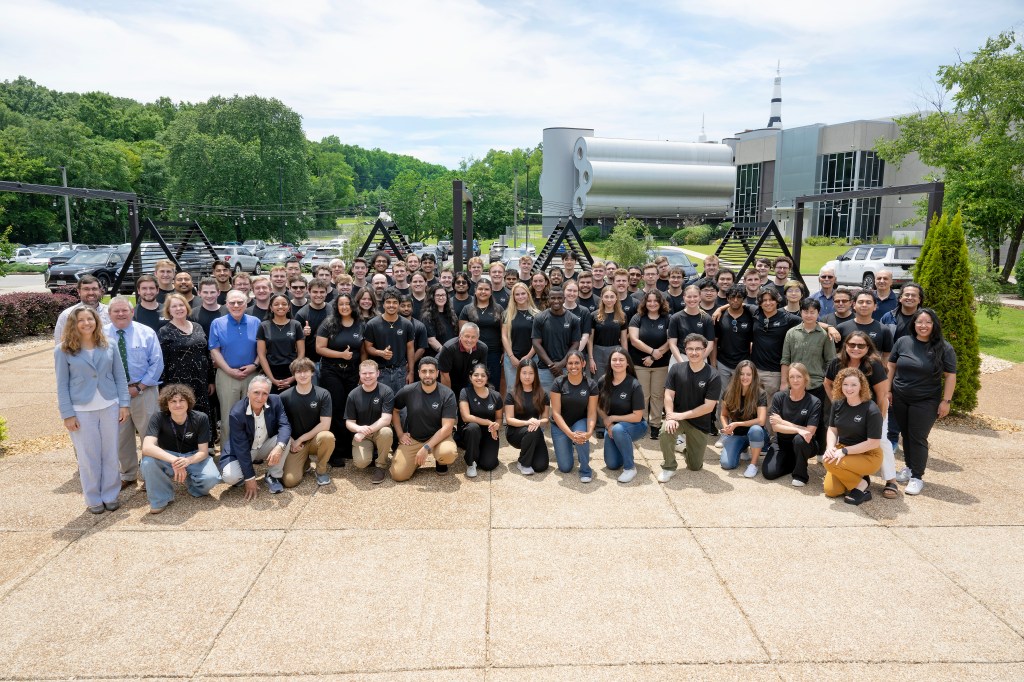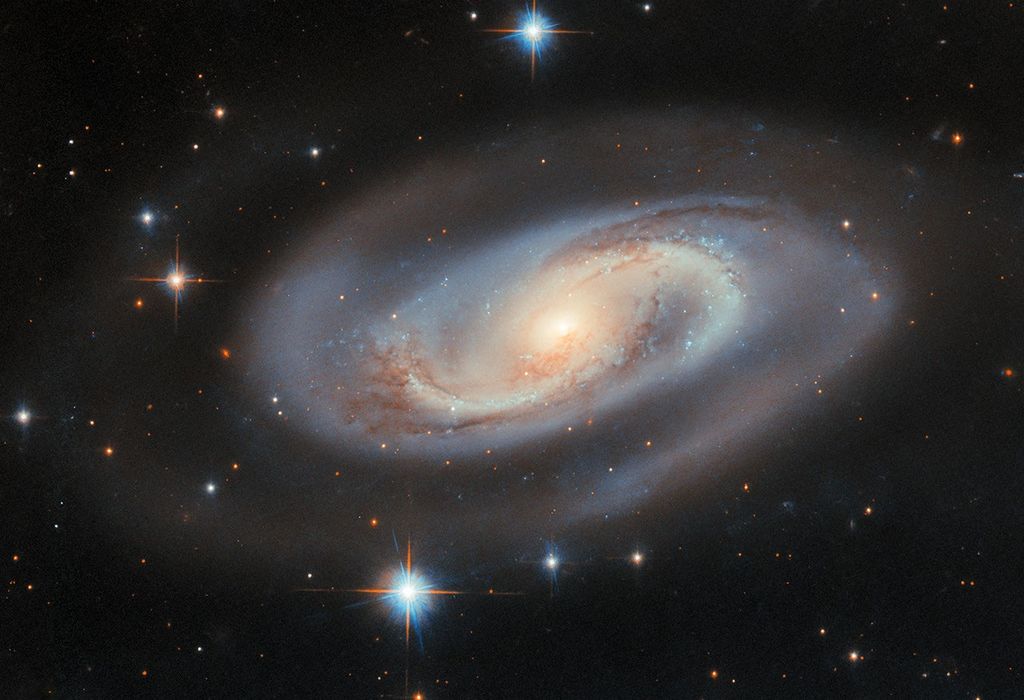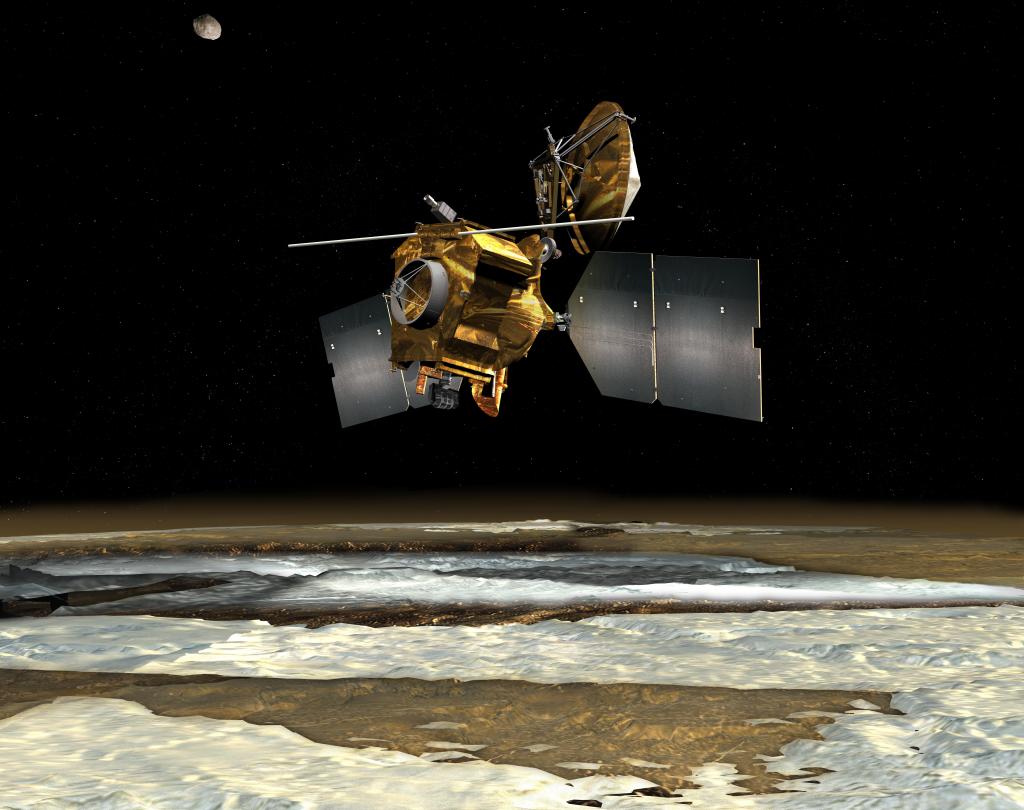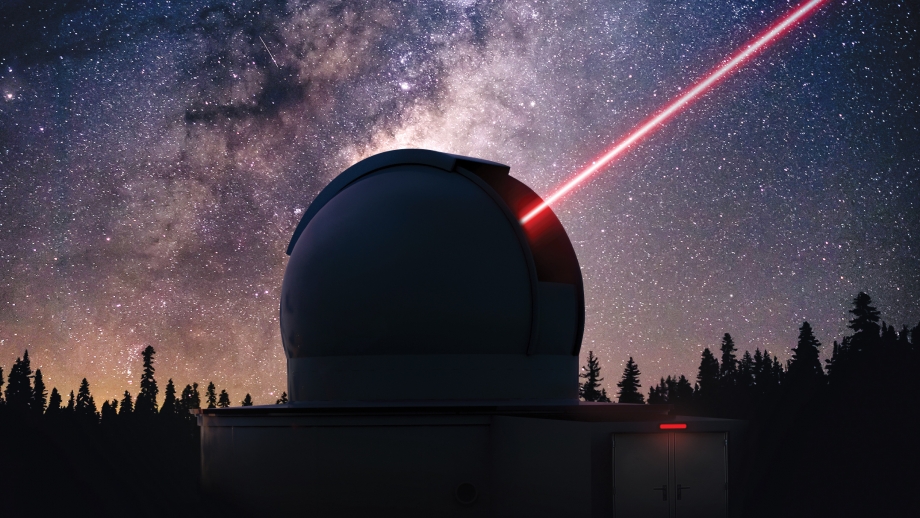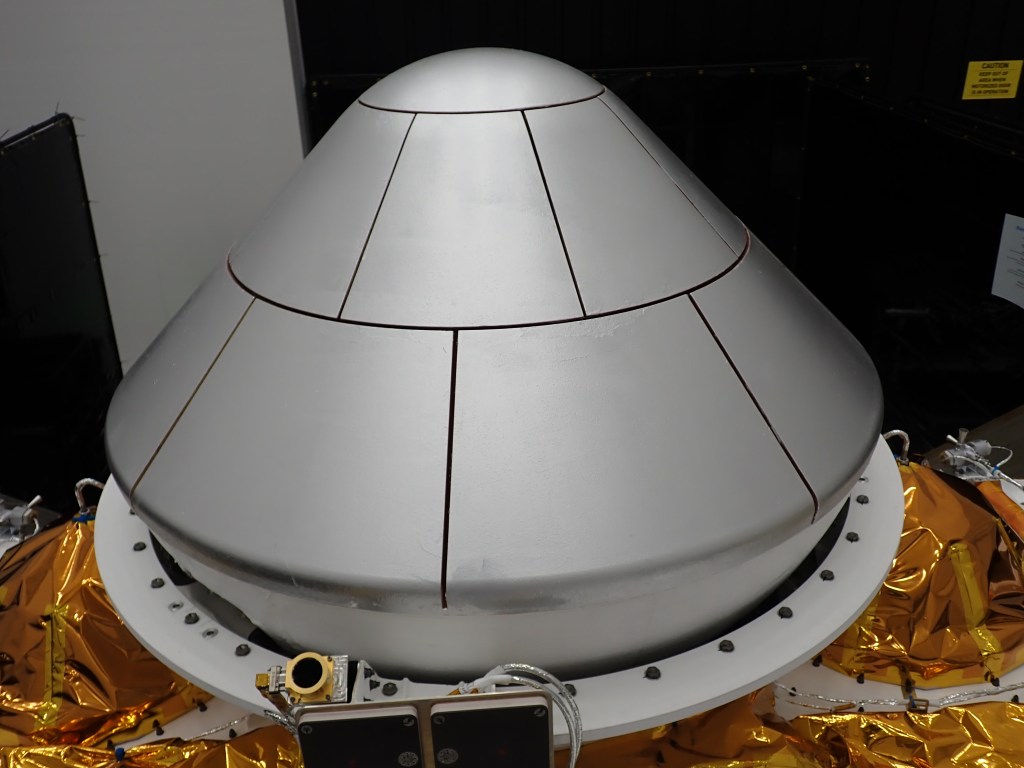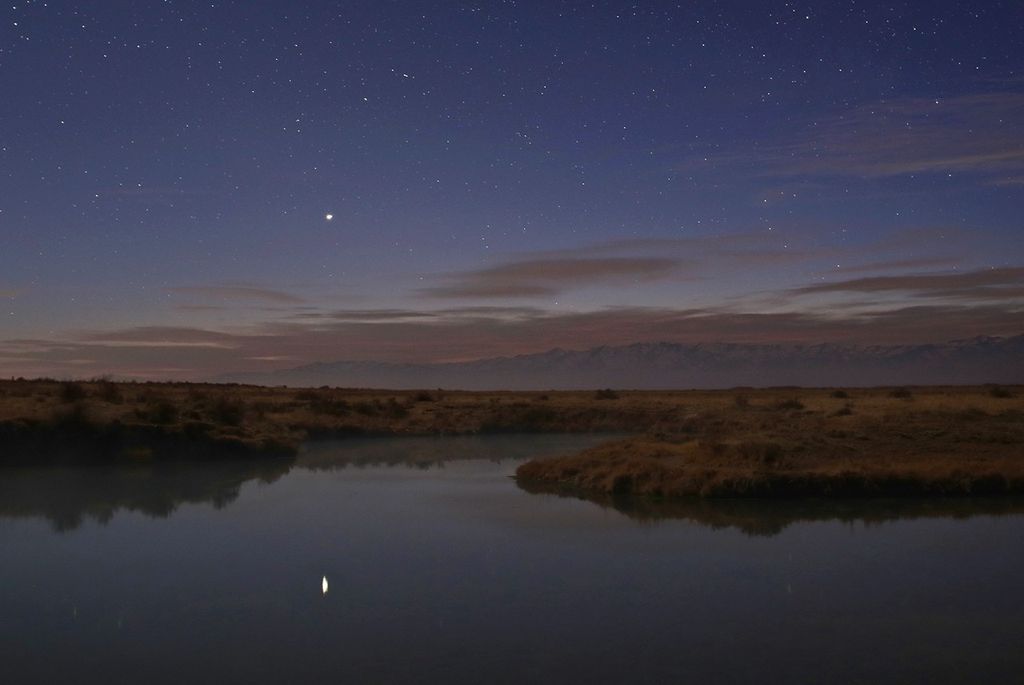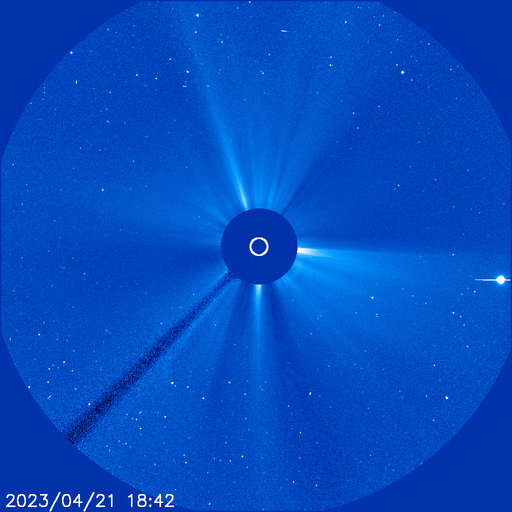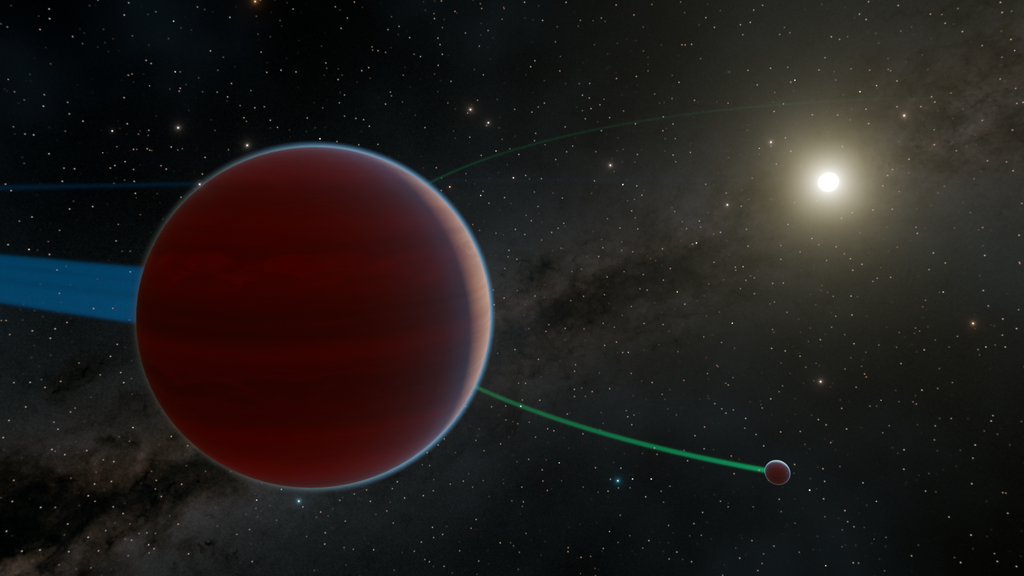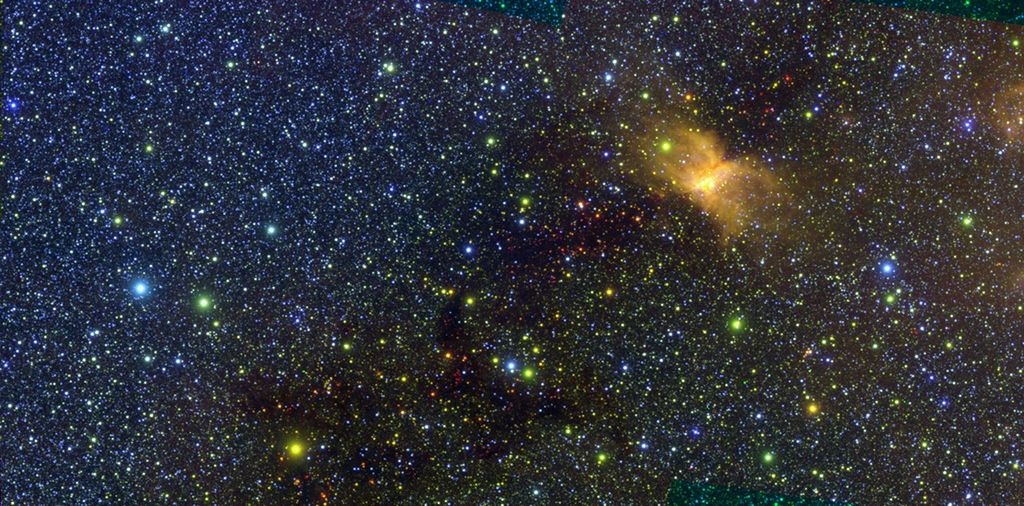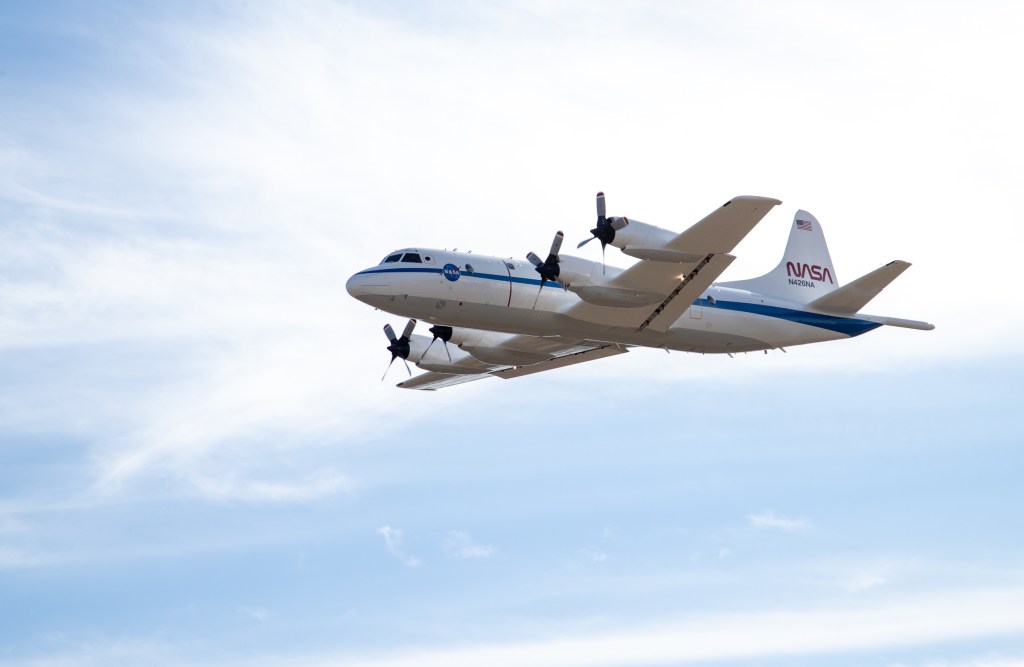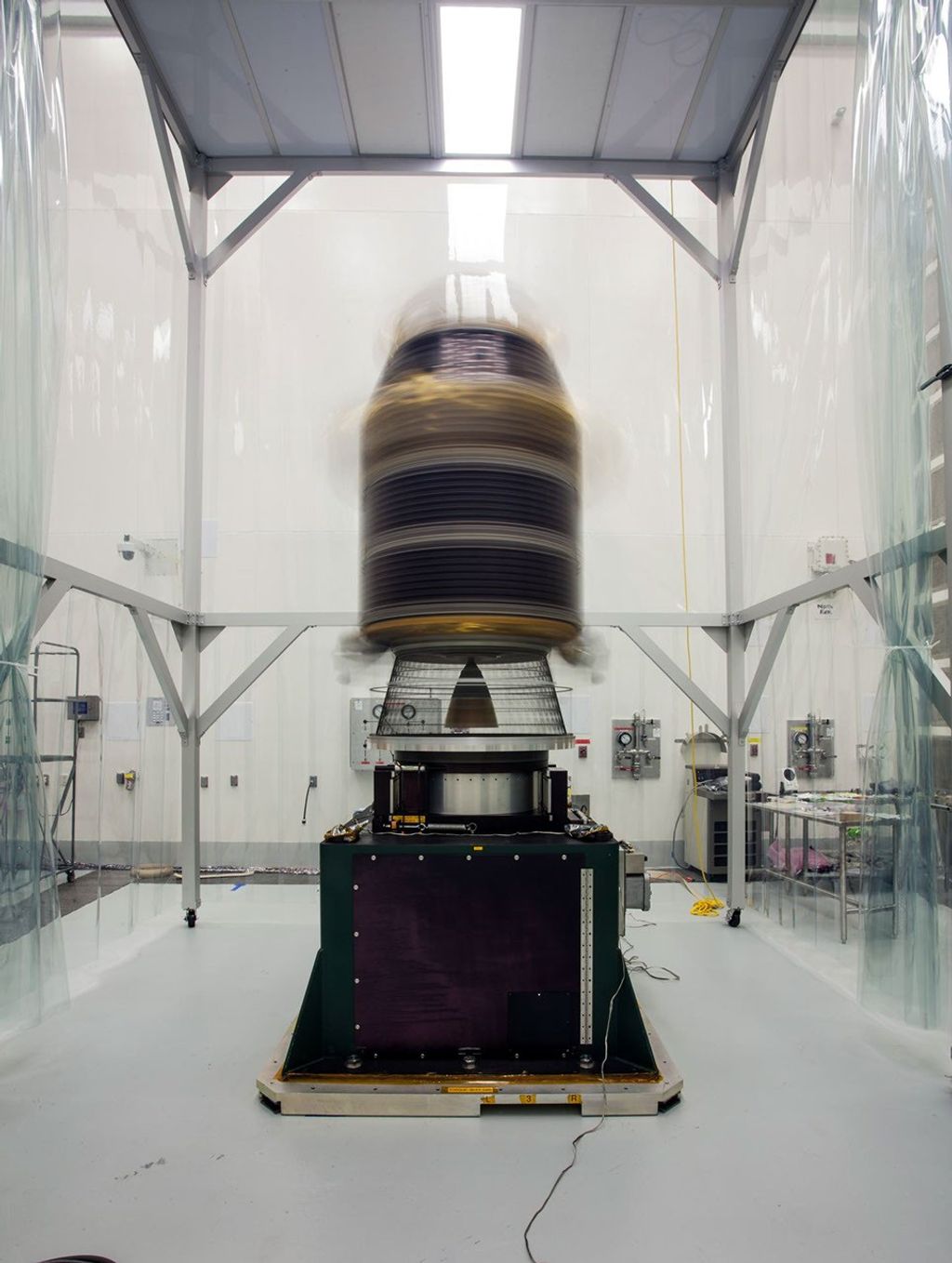Solar System Exploration Stories
Filters

A.M./P.M. Planet Watching, Plus the Eagle Constellation Mars shines in the evening, and is joined briefly by Mercury. Jupiter joins Venus as the month goes on. And all month, look for Aquila the eagle. Skywatching Highlights All Month – Planet…

An unexpectedly strong solar storm rocked our planet on April 23, 2023, sparking auroras as far south as southern Texas in the U.S. and taking the world by surprise. Two days earlier, the Sun blasted a coronal mass ejection (CME)…

by Kat Troche of the Astronomical Society of the Pacific As summer deepens in the Northern Hemisphere, a familiar constellation rises with the galactic core of the Milky Way each evening: Scorpius the Scorpion. One of the twelve zodiacal constellations,…
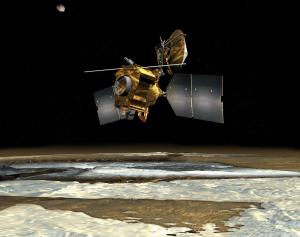
The Mars Reconnaissance Orbiter is testing a series of large spacecraft rolls that will help it hunt for water. After nearly 20 years of operations, NASA’s Mars Reconnaissance Orbiter (MRO) is on a roll, performing a new maneuver to squeeze…
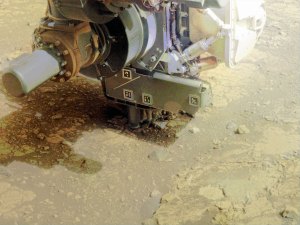
In addition to drilling rock core samples, the science team has been grinding its way into rocks to make sense of the scientific evidence hiding just below the surface. On June 3, NASA’s Perseverance Mars rover ground down a portion…
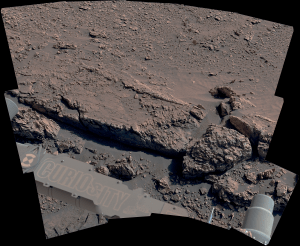
The rover recently drilled a sample from a new region with features that could reveal whether Mars’ subsurface once provided an environment suitable for life. New images from NASA’s Curiosity Mars rover show the first close-up views of a region…
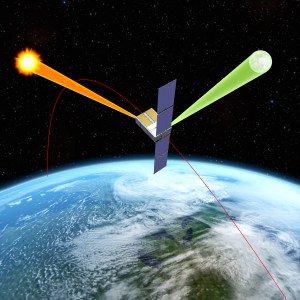
Editor’s note: NASA’s Arcstone lunar calibration instrument lifted off aboard the Transporter-14 rideshare mission with SpaceX via launch integrator Maverick Space Systems from Vandenberg Space Force Base in California on June 23, 2025 at 2:25 p.m. PT. NASA will soon launch a one-of-a-kind instrument, called Arcstone, to…
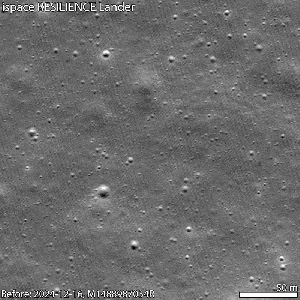
On June 11, NASA’s LRO (Lunar Reconnaissance Orbiter) captured photos of the site where the ispace Mission 2 SMBC x HAKUTO-R Venture Moon (RESILIENCE) lunar lander experienced a hard landing on June 5, 2025, UTC. RESILIENCE was launched on Jan.…
.jpg?w=300&fit=clip&crop=faces%2Cfocalpoint?w=300px)
from NASA’s Heliophysics Education Activation Team (NASA HEAT) and the Astronomical Society of the Pacific/Night Sky Network Have you ever wondered about what the Sun is made of? Or why do you get sunburned on even cloudy days? NASA’s new…

UPDATE June 30, 2025: The second rocket of the SEED mission launched on Saturday, June 28, at 8:11 p.m. Marshall Islands Time (MHT). Principal investigator Aroh Barjatya reports that the rocket launched into active science conditions in the ionosphere and…

